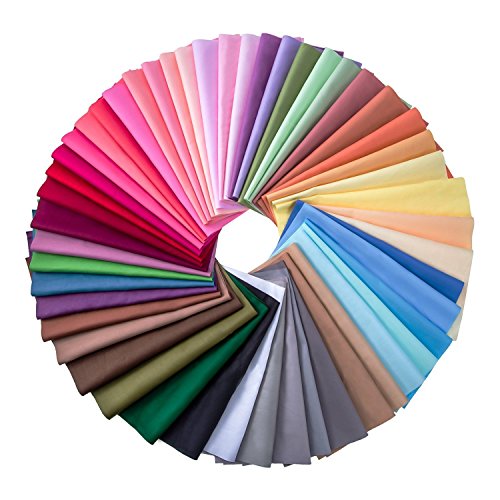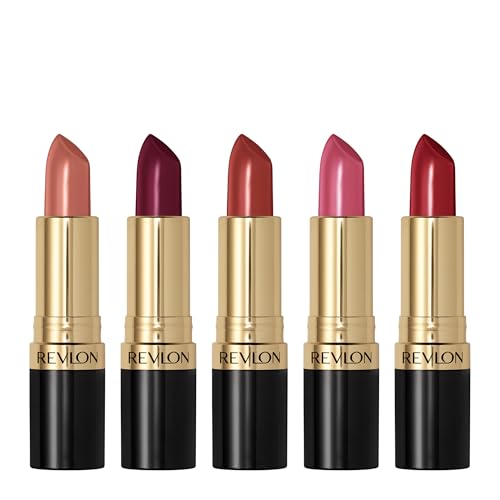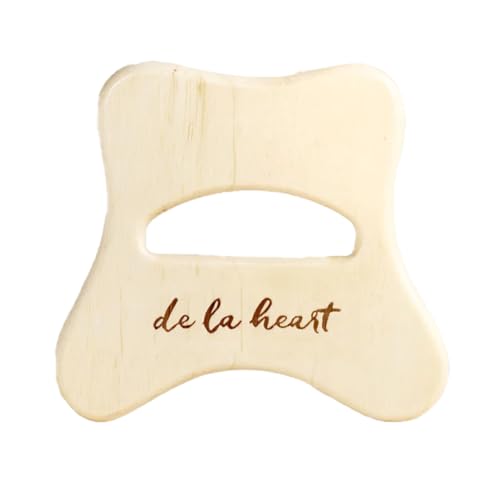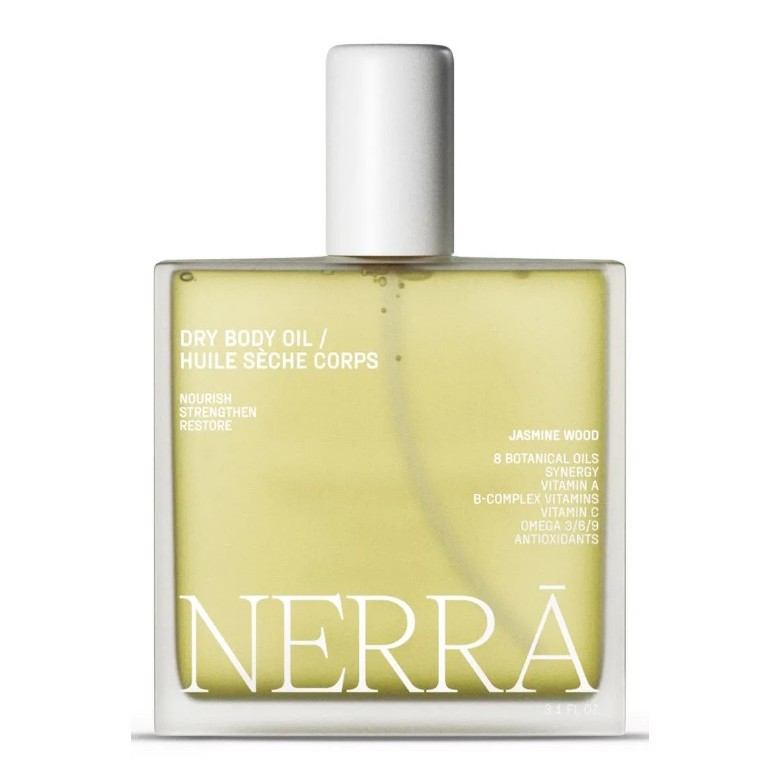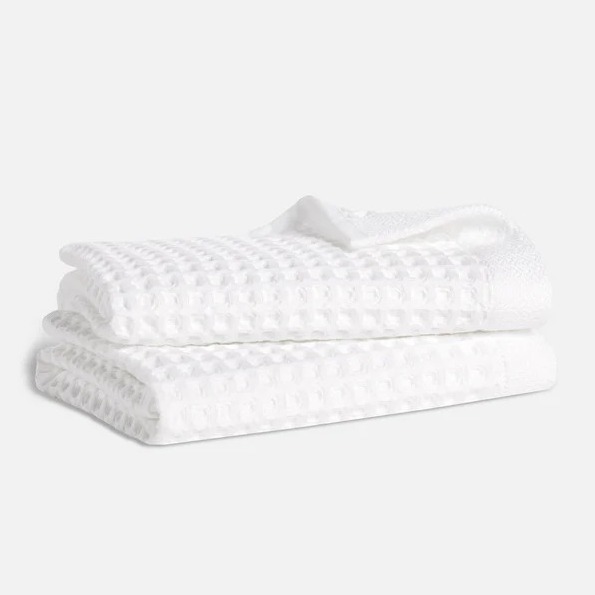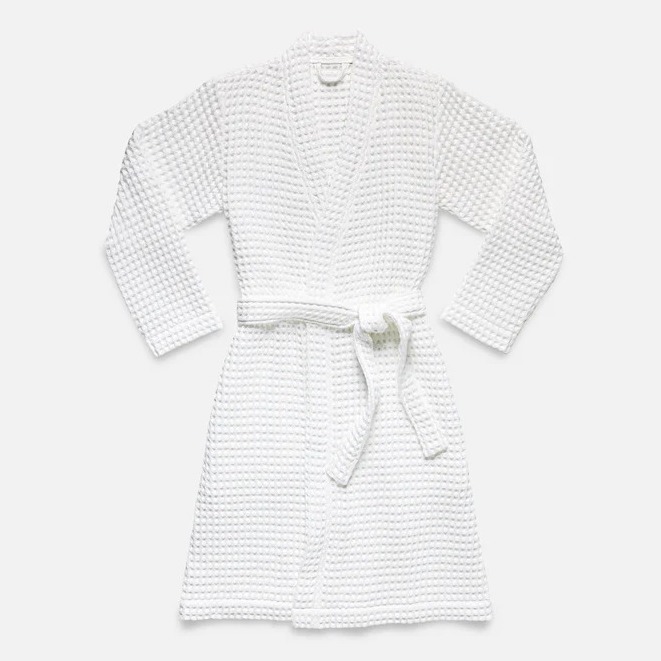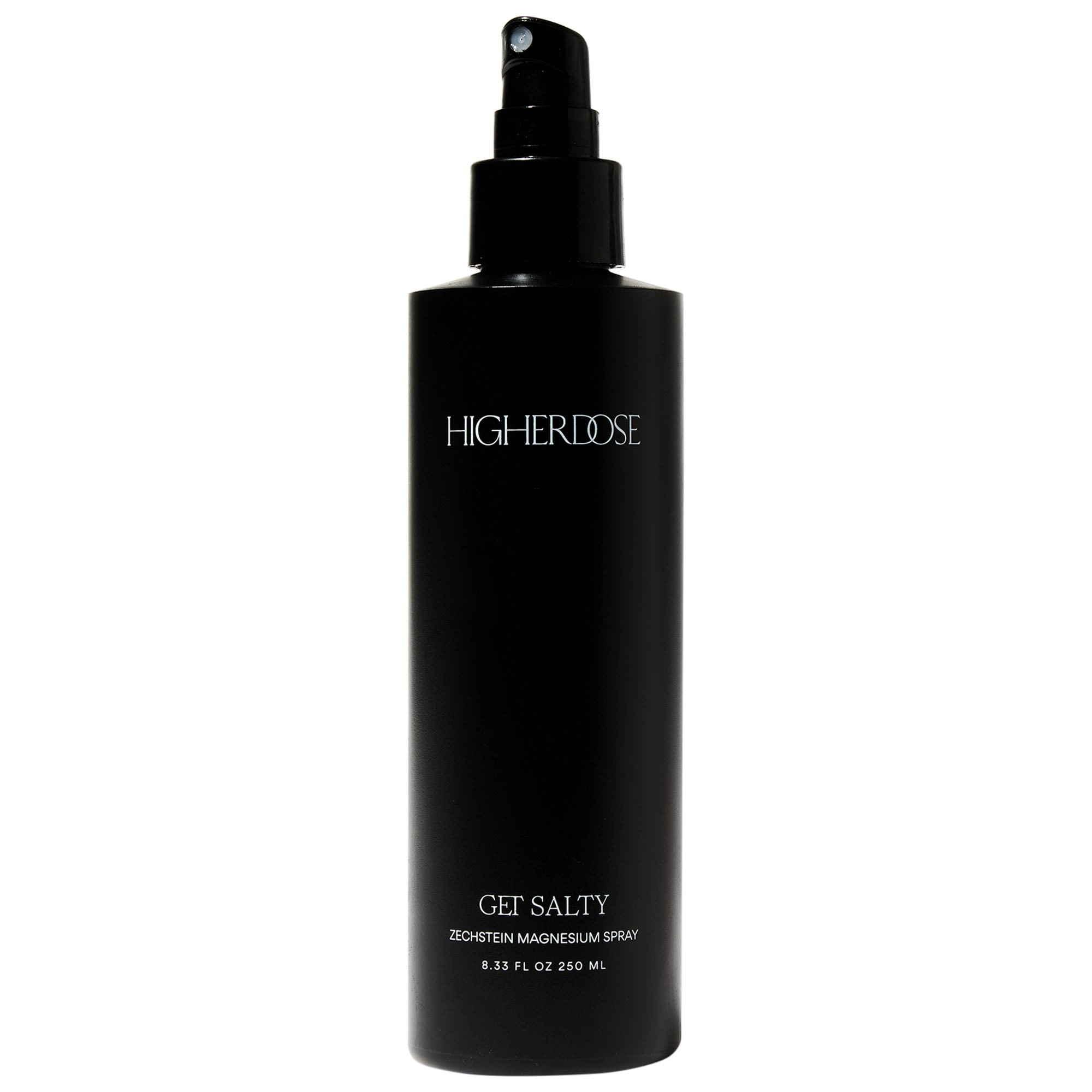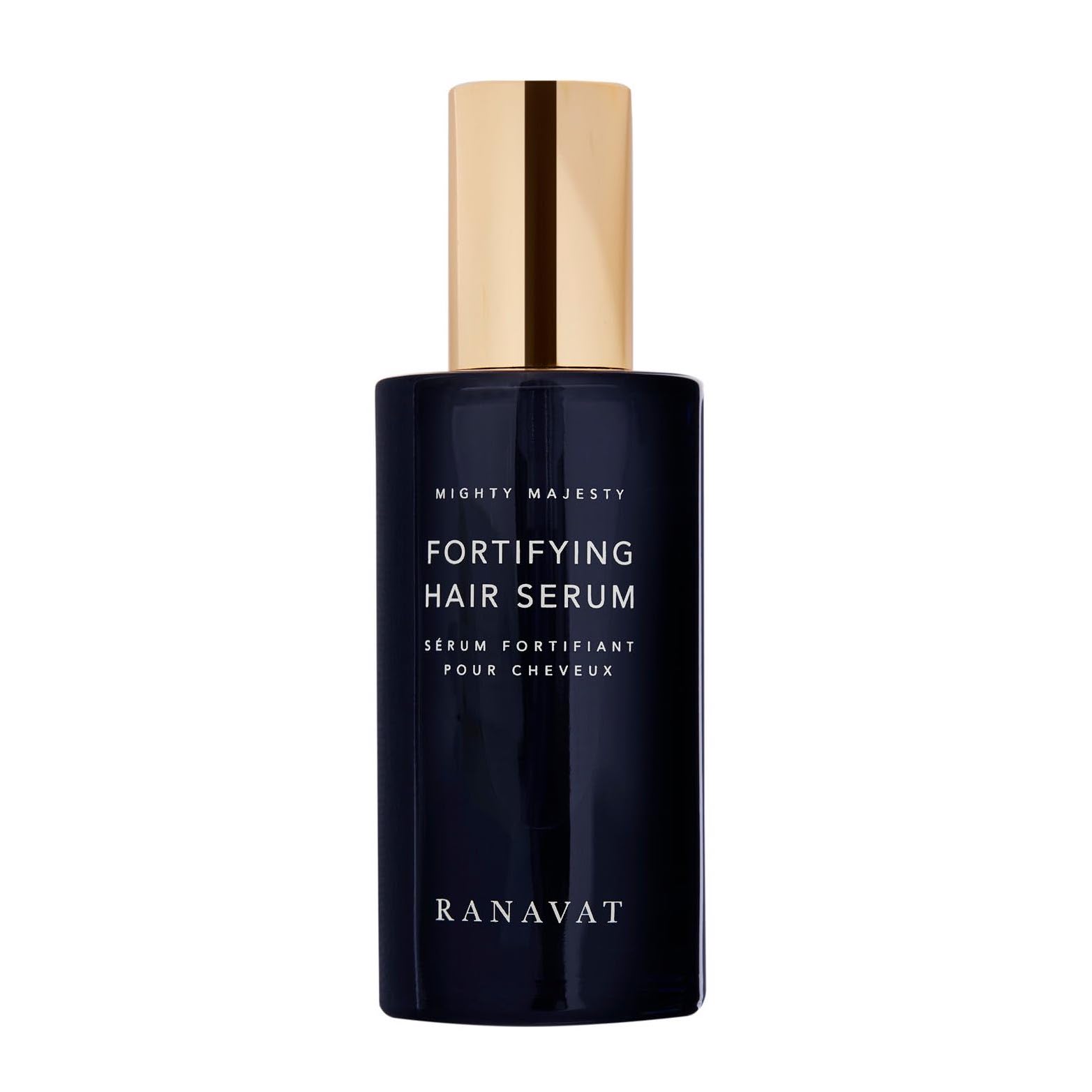The Best Beauty and Wellness Experiences Are Beyond the Hotel Spa—5 Treatments Worth Traveling For
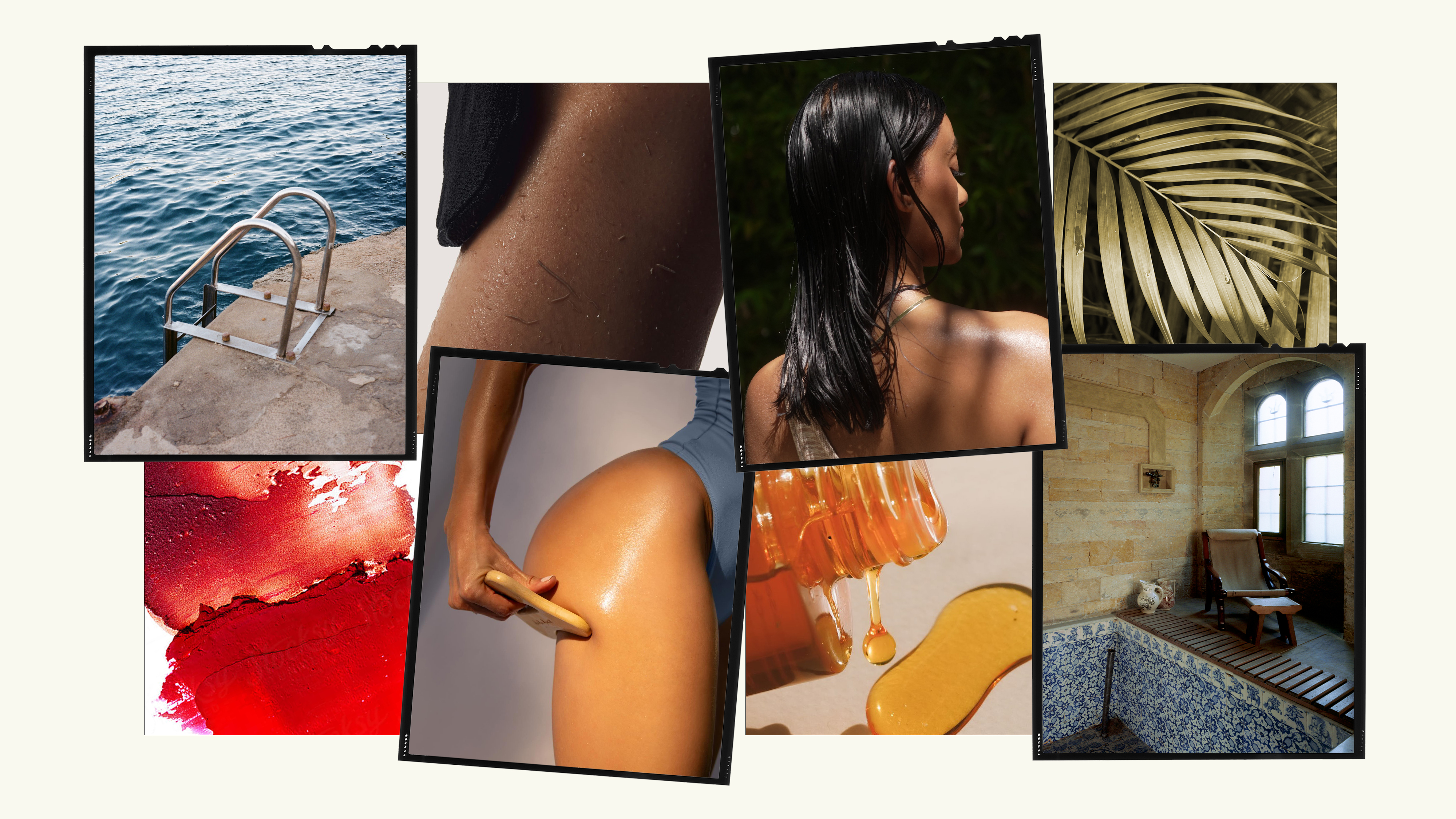

Make no mistake—beauty and wellness are integral components of culture. In fact, they are a culture. It’s impossible to extricate one from the other. Whether it’s traditional wood therapy in Colombia or Ayurvedic hair oiling in India, treatments that might seem purely aesthetic on the surface are more than skin-deep. They carry rich meaning and reflect deep-seated cultural beliefs and histories.
That’s why booking a beauty and wellness treatment is arguably one of the best ways to get the most out of a travel experience. It’s not about simple self-indulgence; it’s about authentically immersing yourself in a culture and taking part in time-worn (often ancient) traditions. You just have to book the right ones, and for that, we have some suggestions that are beyond the hotel spa. Ahead, we take an in-depth look at five culturally specific beauty and wellness treatments from around the world through the lens of local experts.
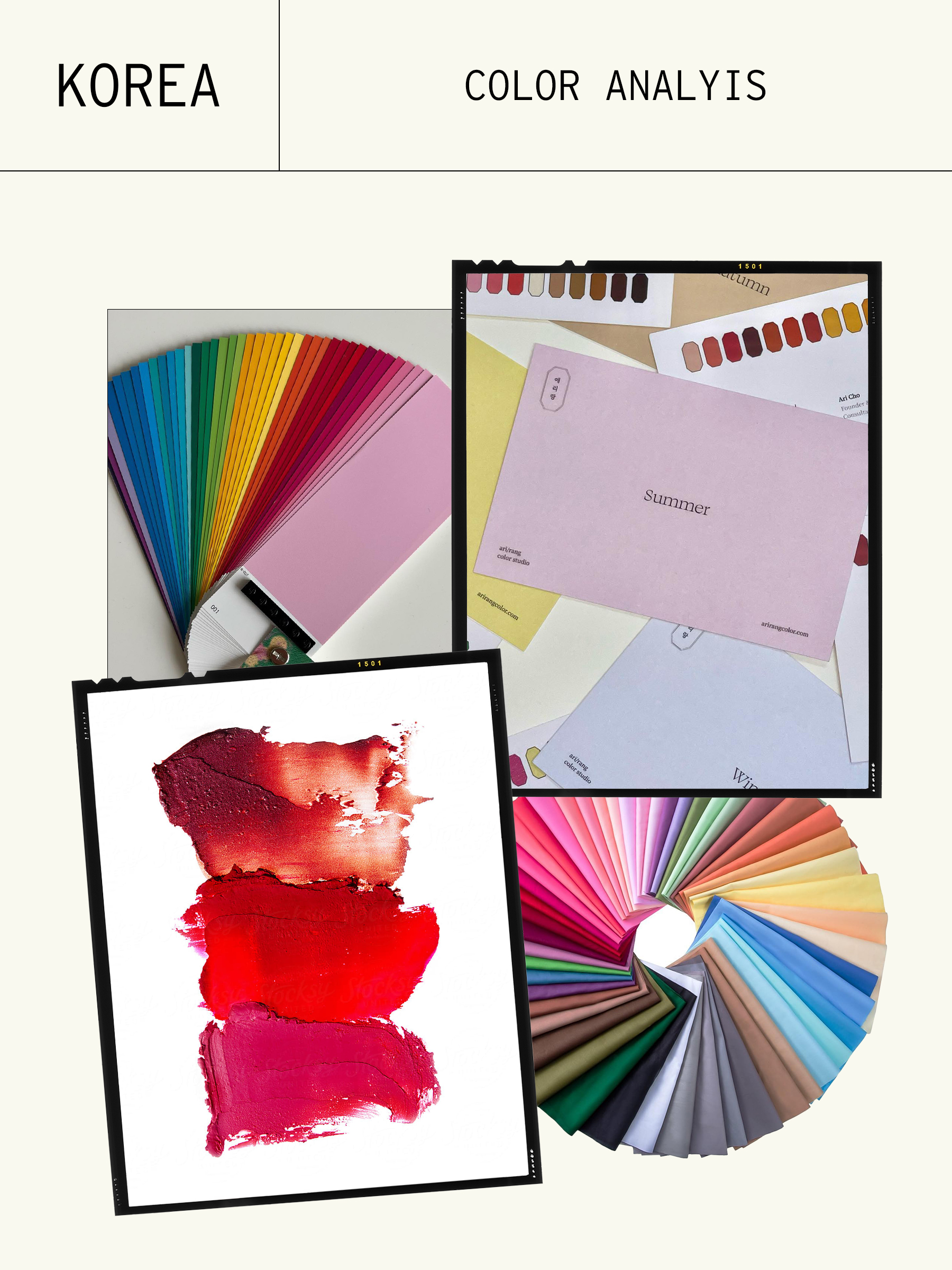
Seoul, South Korea, is every beauty lover’s dream destination. With world-class skincare ingredients and high-tech treatments (often priced more accessibly than in the U.S.), it’s not uncommon for Americans to book a flight purely for beauty’s sake. In fact, it’s recently become a trend on social media for people to spend a week or so in Seoul, squeezing every beauty appointment they can into their schedule, before heading back home.
One of the most popular treatments to book in Seoul (for Americans or otherwise) is color analysis—the process by which an expert identifies the most flattering colors for a particular client. Often, the client is given a “season,” which is essentially a personal color palette. From there, clients can use it to inform makeup, clothing, and even hair color choices. (If you’ve ever heard someone describe themselves as “an autumn,” now you know what that means.)
Lizzie Heo is the co-founder and director of consultants at Seklab NYC, a popular color analysis studio. She says, “Color analysis is the practice of identifying the most flattering colors for an individual based on their skin tone, hair, and eye color. It’s grounded in color theory and considers four key aspects: hue (warm versus cool), value (light versus dark), saturation (muted versus vivid), and contrast/undertone. It helps people cut through the overwhelming number of choices in clothing and makeup and gives them a defined palette they can shop and style from. For those who feel lost or indecisive when choosing colors, it’s a game-changer.”
While it’s only recently become mainstream in the U.S., color analysis has been extremely popular in South Korea for years. “I’d compare it to the way you see Starbucks or pizza shops everywhere in NYC—that’s how prevalent color studios are in Seoul,” Heo says. “Even though your color palette does not change, some people go find their colors as a fun activity with their friends, or to get new makeup recommendations, or for their summer colors versus winter colors based on their skin. In Korea, personal presentation is seen as an essential part of daily life, reflecting the cultural value placed on diligence and self-care. The beauty industry strongly emphasizes self-awareness and a polished appearance, so it’s very common for people in their 20s and 30s to know their personal color palette as well as their blood type, or MBTI.”
Typically, Heo says each color analysis appointment begins with a short intake form. Clients reflect on their color and wardrobe preferences. After a 10-minute introduction to the history and methodology of color analysis, the expert will begin the session. “We measure the skin’s yellowness, redness, and brightness using a skin digitizer to gather objective data,” Heo says. “The highlight of the session is draping, where we compare over 100 fabric swatches against the client’s complexion to determine their best seasonal palette. Based on the results, we recommend ideal clothing colors, jewelry metals, and hair colors. We then review their makeup pouch and make personalized recommendations, so they can test products in-studio. Finally, they receive a customized result pamphlet and a digital follow-up with their full color file and product suggestions.”
Recommended Color Analysis Studios in Seoul:
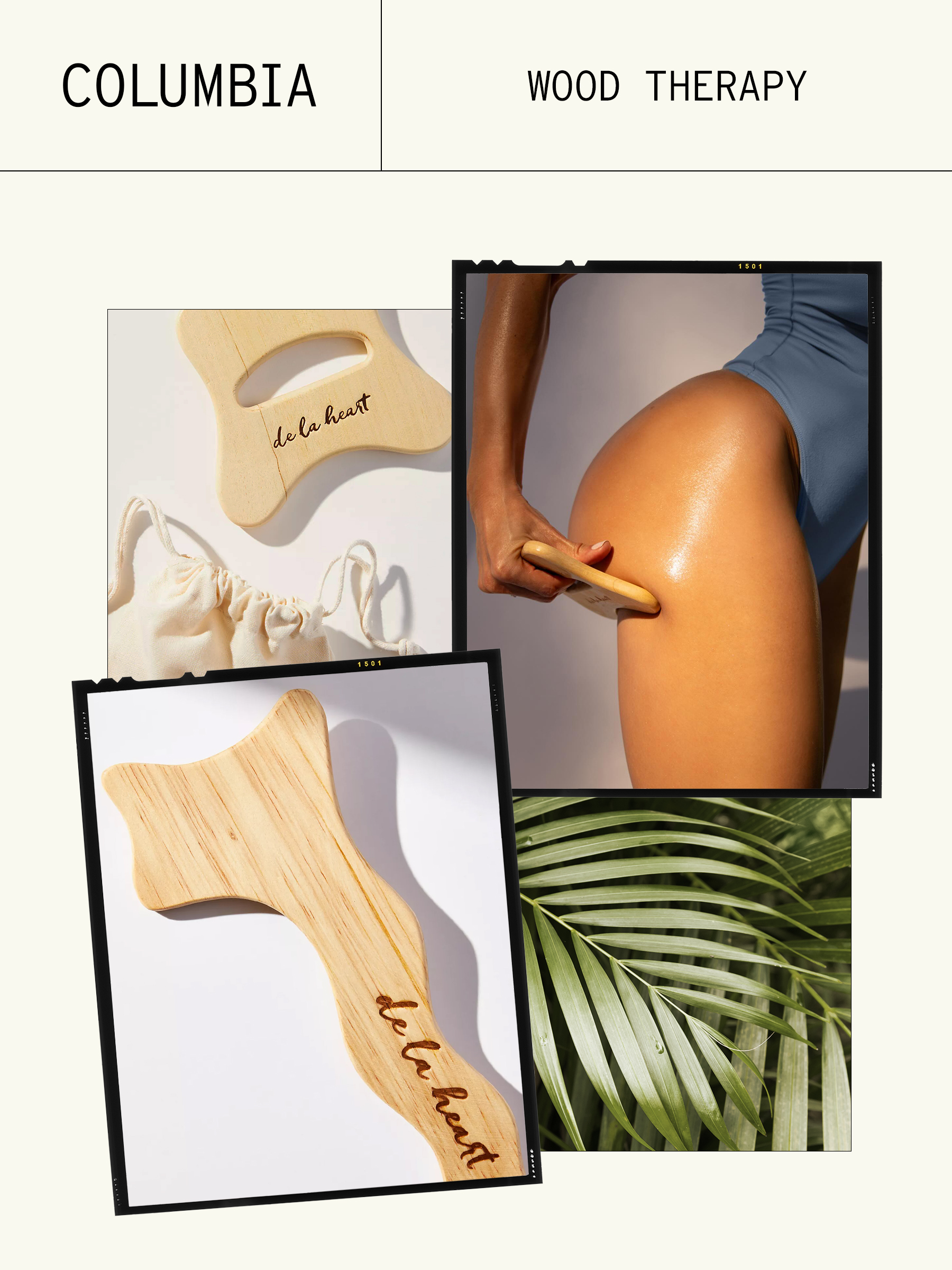
If you fancy a flight to Medellín, Bogotá, Cartagena, or any other Colombian city, leave a little extra time in your schedule for a traditional wood therapy treatment. “Wood therapy, or maderoterapia, is a traditional body sculpting technique that uses wooden tools to stimulate lymphatic drainage, reduce cellulite, and contour the body naturally,” says Giordana “Gigi” Vogel, a Colombian-born wellness expert and founder of De La Heart. While its origins can be traced back to eastern medicine, Vogel says the practice was refined and popularized in Colombia, “where it became a deeply rooted part of beauty and wellness culture.” Vogel grew up seeing her mom get weekly massages. “Passed down through generations, Colombian wood therapy combines ancestral knowledge, manual techniques, and artisanal tools to promote detoxification, circulation, and self-care, making it both a therapeutic and cultural ritual.”
The physical benefits of wood therapy lie in its ability to boost and encourage lymphatic drainage. “It’s not just about smoothing cellulite or sculpting the body (which it does!), but it also helps move stagnant lymph, release water retention, and give you that light, energized feeling,” Vogel says. “It boosts circulation, tones the skin, and supports natural detox in the most holistic, non-invasive way. I love that it’s a practice passed down in Colombia and still feels so rooted in tradition, yet so relevant in our modern routines.”
While booking an appointment at a wood therapy spa is an option, Vogel says you can also reach out to specific practitioners. “I work closely with Stephania Forero, a lymphatic drainage expert trained in both traditional Colombian wood therapy and the French method. Her approach deeply aligns with the De La Heart philosophy, and she’s always my first call when I land in Colombia!”
You can also maintain a traditional wood therapy practice at home with De La Heart products. “With De La Heart’s Body Tool—rooted in both Colombian wood therapy and the French lymphatic method—you can sculpt, smooth, and support your body in just a few minutes a day,” Vogel says. “Always working in gentle, upward and outward strokes to support your body’s detox system and contour the body. It’s an inexpensive, effective way to release water retention, improve circulation, and smooth the skin. It’s inexpensive, intuitive, and incredibly effective when done consistently. While working with a pro is always a great reset, daily at-home rituals are where the real magic happens. Follow @delaheart on IG to find all the tutorials.”

Mediterranean bathing rituals predate modern Europe. Whether it was ancient Greece, Rome, or Turkey, ancient civilizations relied on bathhouses not only for cleaning purposes, but also for social and political purposes. Bathhouses and the bathing ritual itself are steeped in history.
Teyma Touati is the founder and president of Nerrā, an at-home bodycare line based on ancient bathing rituals. A traditional hammam, or bathhouse, is a deeply ritualistic experience rooted in cleansing, renewal, and reconnection with the body,” she says.
“Traditional bathhouses—whether Roman thermae, Turkish hammams, Greek balaneîa, or North African bathhouses—were never just about cleansing the body. They were social and cultural institutions. In the Roman Empire, for instance, bathhouses were deeply woven into the fabric of daily life. They were places where philosophers debated, politicians negotiated, and writers observed the world. Some of the most important conversations of the time happened not in courts or palaces, but in the steam. They reflected a belief that taking care of one’s body was part of being a good citizen, both physically and intellectually. Centuries later, Ottoman hammams and Maghrebi bathhouses played a similar role. These were communal spaces where people stayed for hours. They brought fruits, oils, and perfumes. They sweated, exfoliated one another, laughed, and rested. In many North African and Middle Eastern cultures, women in particular reclaimed the hammam as a rare space of freedom and solidarity—a place to connect, to teach, to pass down rituals and knowledge across generations. The bathhouse was never only about the body—it was about community, rhythm, care, and reconnection.”
Traditionally, Touati says the bathhouse is composed of three main chambers, “each warmer than the last.” You begin in the warm room, which is filled with steam. “This steam softens the skin, opens the pores, and begins the body’s natural detoxification. It’s the preparation phase—both physical and mental. It slows you down and eases tension. Next comes the black or green soap (often made with olive pulp). It’s massaged into the skin to help loosen dead skin cells and prepare the body for exfoliation. The soap is left on for a few minutes before being rinsed off with warm water.” Then, it’s exfoliation time. “In many cultures, particularly in North Africa, a bath attendant performs this step, often called the harza in Tunisia. Using a textured glove, the kessa, she exfoliates the entire body with firm, rhythmic strokes. This process removes layers of dead skin, boosts circulation, and leaves the skin incredibly smooth and renewed.” After that, a clay mask is applied to the body to draw out impurities and balance the skin. “The final phase is recovery: a cool rinse, followed by rest. Often, nourishing oils like argan or olive oil are applied to the body to restore moisture and bring the ritual to a close.”
While there are traditional hammams to be found in the U.S., Touati says, “Nothing compares to the traditional hammams you’ll find in Morocco, Tunisia, Spain, or Turkey—the ones that aren’t branded or polished, but passed down through generations. These family run bathhouses offer some of the most authentic experiences. The exfoliation rituals, performed by practitioners who learned from their mothers or grandmothers, are not just skincare; they’re ancestral knowledge in motion.”
No matter where you experience a traditional bathhouse, Touati says, the essence lies in the quality of the ritual and the care behind it. “In many Mediterranean cultures, this is more than just hygiene—it’s a moment of stillness, care, and community. People spend hours in the hammam/bathhouse, reconnecting with themselves and with others.”
Recommended Hammams in Istanbul:
Chi, The Spa at Shangri-La Istanbul

Long before high-end sauna and cold-plunge studios became commonplace in cities across the U.S., hot-cold therapy was being practiced as a time-honored tradition in Nordic countries, like Finland. Laura Seesmeri, PhD, is a Finnish university lecturer. She says that combining heat and cold has always been part of the traditional sauna experience, although it used to be more common to roll around in the snow between sessions, rather than taking a cold plunge. “You can only stay in a hot sauna for some time, and then you have to go outside to take a breath. Cold plunge bathing has become more common as a hobby, a health ideal, and a form of socialising over the last few decades,” she says.
Physically, the health benefits abound. Experts say the heat-cold combo can boost blood circulation, contribute to glowing skin, reduce inflammation, and more. In Finland, Seesmeri says it's a consistent practice, which is impressive, considering cold plunges are often done in open, natural bodies of water (despite bone-chilling temperatures). “There are also cold pools in swimming pools, where you can go in the summer when the natural waters are warm.”
The sauna and cold-plunge combo also offers social benefits, as it is a connection point for people of different ages and walks of life. “Cold-plunge has become a hobby and has a lot of social dimensions,” Seesmeri says. “You meet people you know, you go with friends, and it's a very social event.”
Then, there are the emotional and mental benefits. The sauna and cold-plunge cycle is a practice in presence—it's relaxing, and as distorted as this word has become, it is a true form of self-care. “For many people, taking a sauna with cold baths is also a very personal event that allows them to reflect on themselves and their connection with nature and the past,” Seesmeri says.
The sauna experience is pervasive in Finland. Seesmeri says there are even cities that have declared themselves “sauna cities.” These include Oulu, Tampere, and Helsinki. The options might be endless, but Seesmeri says the key is to find a natural environment and a body of water you like. “Some like the sea, some like small ponds…”
Recommended saunas in Helsinki:
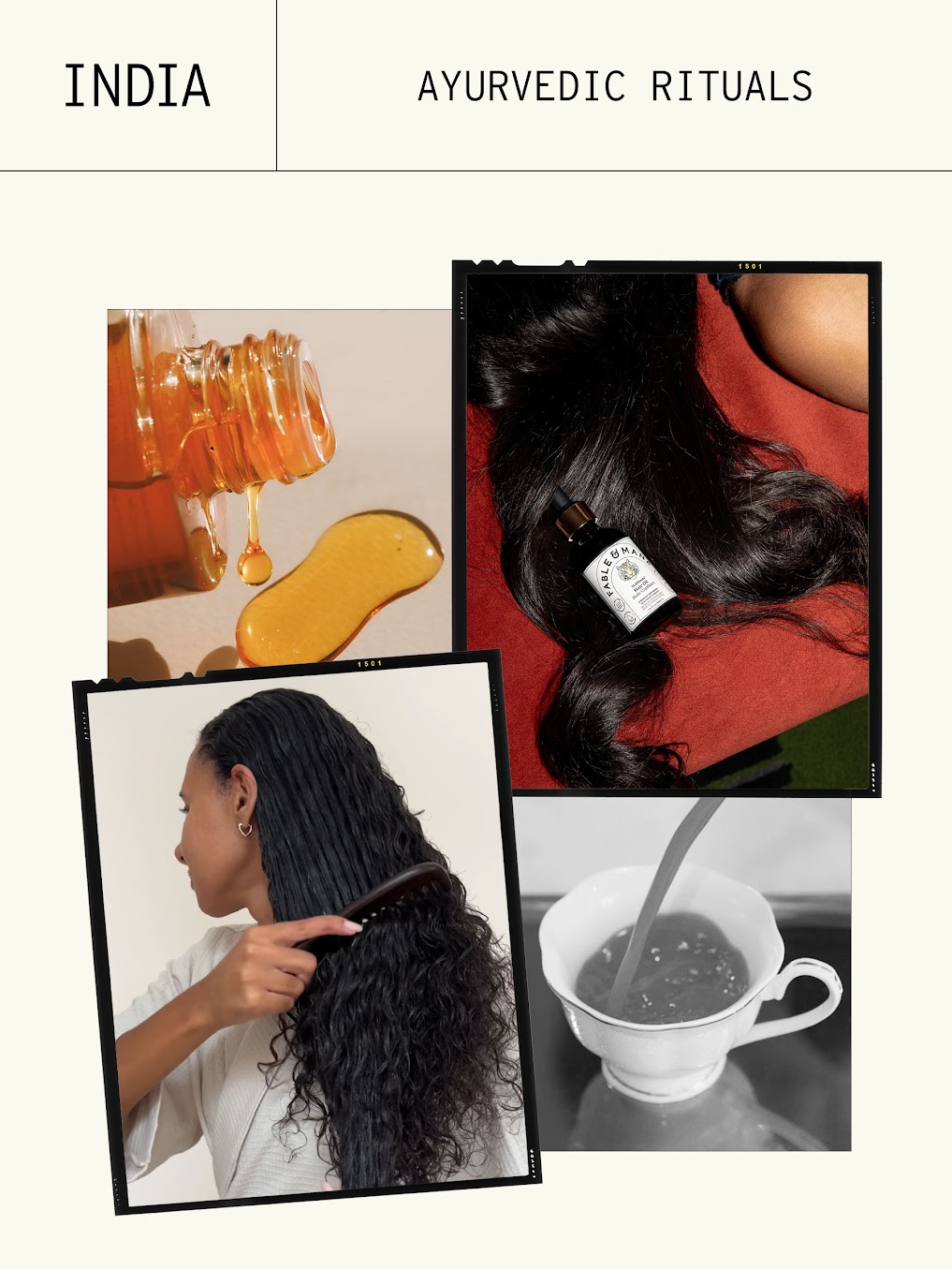
Ayurveda is an ancient Indian system of medicine. Much like other time-honored wellness traditions, it’s deeply rooted in culture and inextricable from the modern notion of beauty. Michelle Ranavat is a holistic beauty expert and founder of her namesake brand, Ranavat. “Ayurveda is one of the world’s oldest holistic healing systems, with roots in Indian culture dating back over 5000 years,” she says. “At its core, Ayurveda means ‘the science of life’—focusing on balancing mind, body, and spirit. It emphasizes prevention and repair as key principles in beauty and wellness. For me, and at Ranavat, Ayurveda represents a beautiful blend of spirituality, science, and self-care traditions passed down through generations.”
Take hair oiling, for instance. Akash and Nikita Mehta are the co-founders of Fable & Mane, a haircare brand that incorporates Ayurvedic ingredients and principles. “Hair oiling is a deeply rooted Ayurvedic tradition used for over 4000 years to nourish the scalp, strengthen roots, and promote healthy hair growth,” they say. “As a pre-wash ritual, it stimulates blood circulation and delivers essential nutrients to the scalp.”
Ranavat says oils like sesame, sunflower, and amla, and herbs like moringa, fenugreek, and ashwagandha are traditionally used in Ayurvedic scalp and hair treatments. She’s incorporated these ingredients in Ranavat’s Mighty Majesty hair collection. “Ayurveda really focuses on both prevention and repair, addressing concerns before they arise and helping you achieve your healthiest hair,” she says. “The benefits range from conditioning and preventing breakage to improving texture, shine, and longevity.”
Beautifying benefits aside, hair oiling is also deeply personal. “We grew up with hair oiling as a cherished at-home ritual, something passed down from our grandmother, who would lovingly massage oil into our hair,” they say. “In India, this tradition is deeply woven into family life and often begins in childhood.”
These days, it’s prevalent throughout India. “Hair oiling and scalp treatments are widely practiced in India, so the best part is that they’re widely offered at salons, local barbershops, Ayurvedic retreats, and spas,” Akash and Nikita say.
Ranavat agrees, saying, “Hair oiling is deeply woven into everyday Indian culture. … Many Ayurvedic spas and wellness retreats across India offer specialized scalp treatments and hair therapies. Kerala (South India), aka the birthplace of Ayurveda, is famous for authentic Ayurvedic retreats. One of my favorites is Shirodhara, where a gentle stream of warm herbal oil is poured over the forehead to relax the mind while nourishing the scalp and hair follicles. It’s truly wonderful.”
While there are many authentic Ayurvedic scalp and hair treatments to seek out, Ranavat says it’s “primarily a cherished at-home self-care ritual.” Akash and Nikita recommend starting each hair-oiling session with intention. “Ayurvedic rituals are rooted in mindfulness. Set the tone, light a candle, take a deep breath, and make it a moment of self-love, not just haircare.” Then, apply a few drops of oils to your hands to warm up (they recommend Fable & Mane’s HoliRoots Hair Oil). “Place it on your crown chakra, an energetic point on the top of your head that, when touched, helps release stress.” Then, massage the scalp in circular motions, focusing on the crown chakra. “This boosts blood circulation, relieves tension, and activates the hair’s growth cycle.” After letting it sit for at least five minutes or overnight for best results, shampoo. “For best results, oil your hair once or twice a week,” they say. “Whether it’s a weekly ritual at home or part of a wellness experience at a professional setting, hair oiling remains an integral part of self-care in India.”
Recommended Ayurvedic Treatments in India:
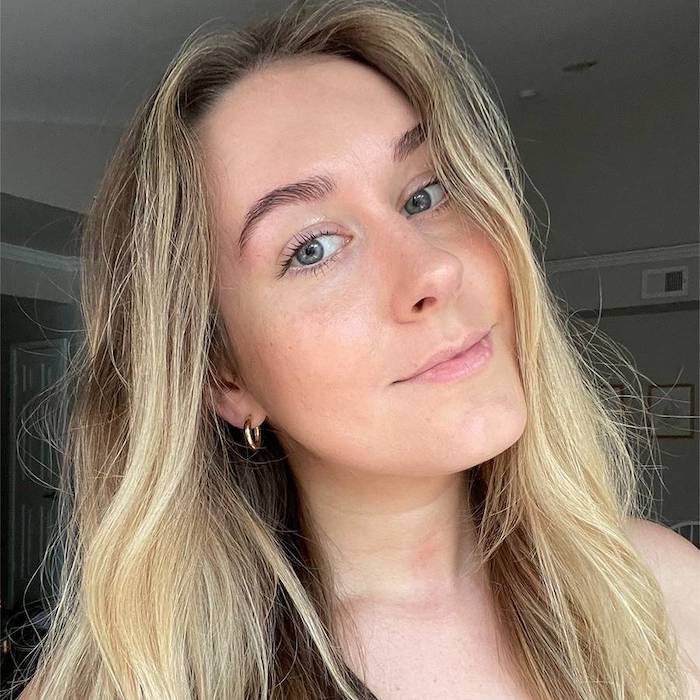
Kaitlyn McLintock is a Beauty Editor at Who What Wear. She has 10 years of experience in the editorial industry, having previously written for other industry-leading publications, like Byrdie, InStyle, The Zoe Report, Bustle, and others. She covers all things beauty and wellness-related, but she has a special passion for creating skincare content (whether that's writing about an innovative in-office treatment, researching the benefits of a certain ingredient, or testing the latest and greatest at-home skin device). Having lived in Los Angeles, California, and Austin, Texas, she has since relocated back to her home state, Michigan. When she's not writing, researching, or testing beauty products, she's working through an ever-growing book collection or swimming in the Great Lakes.
